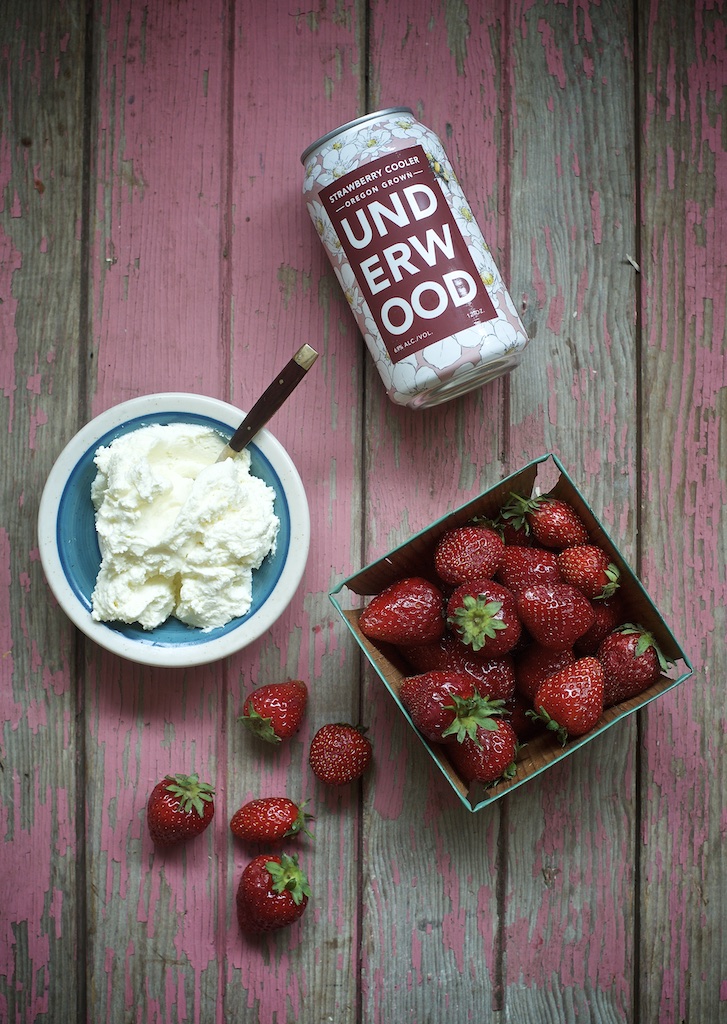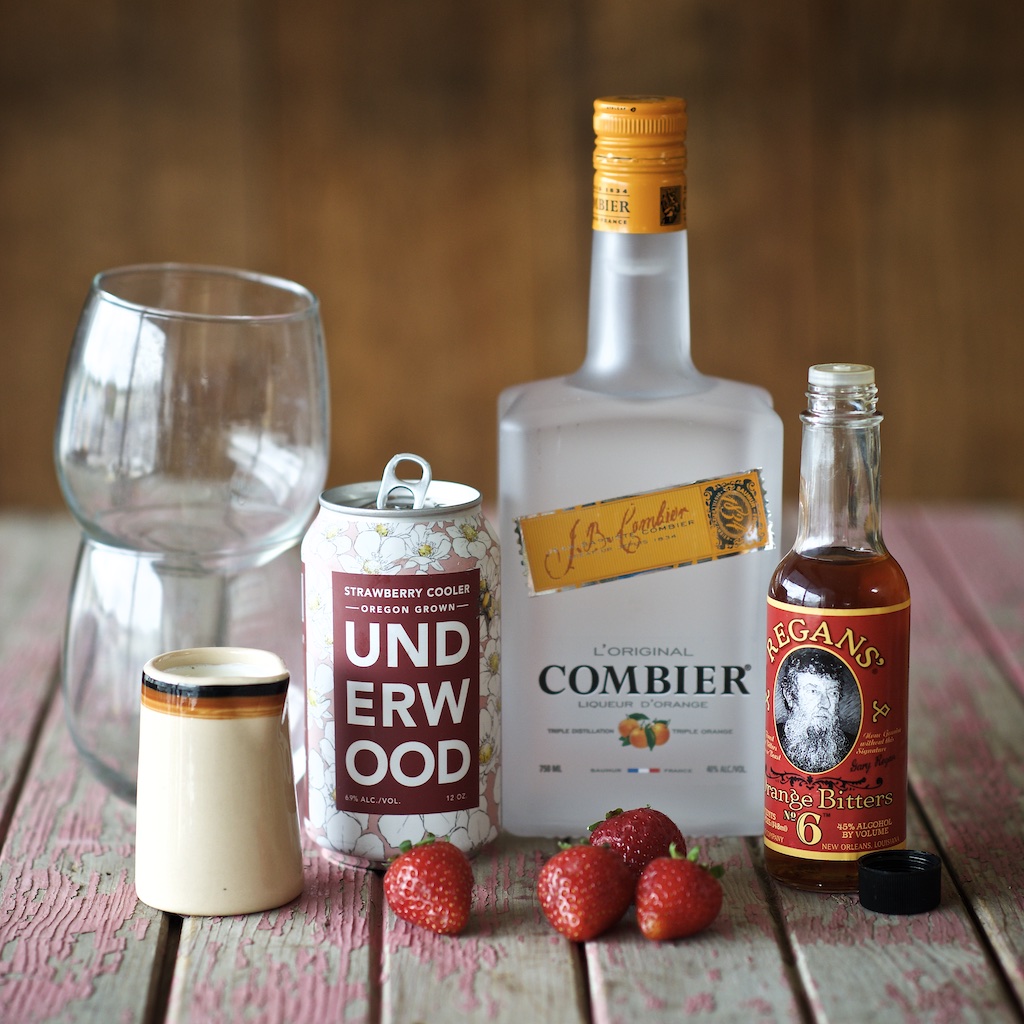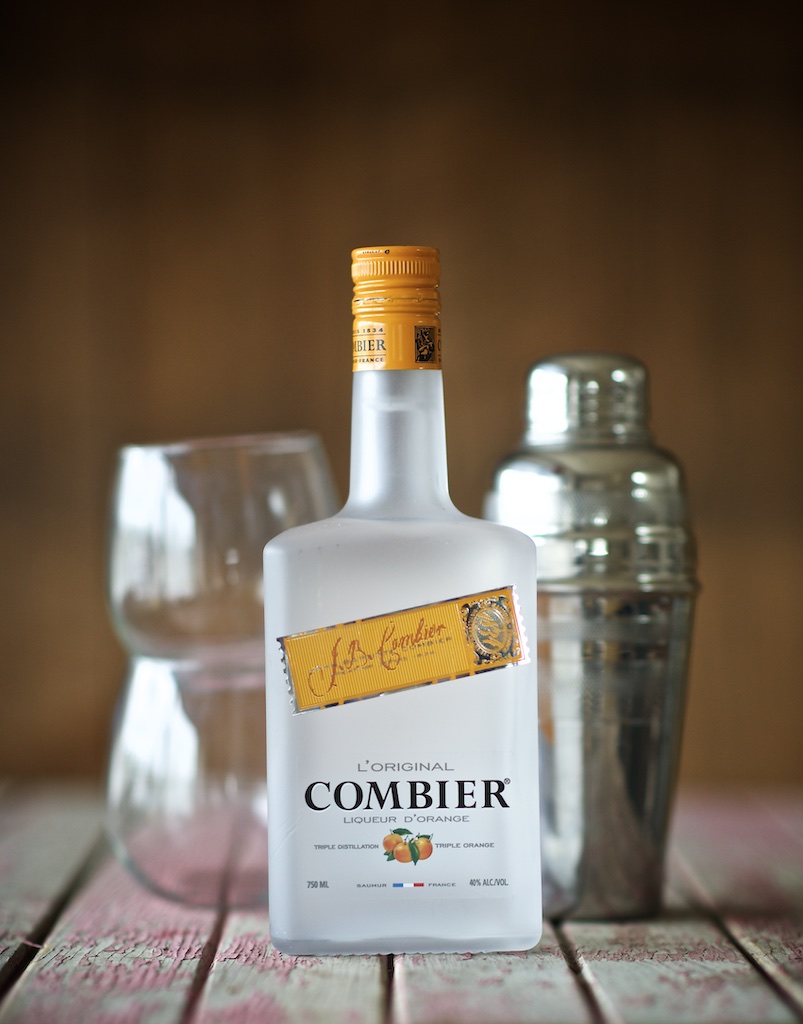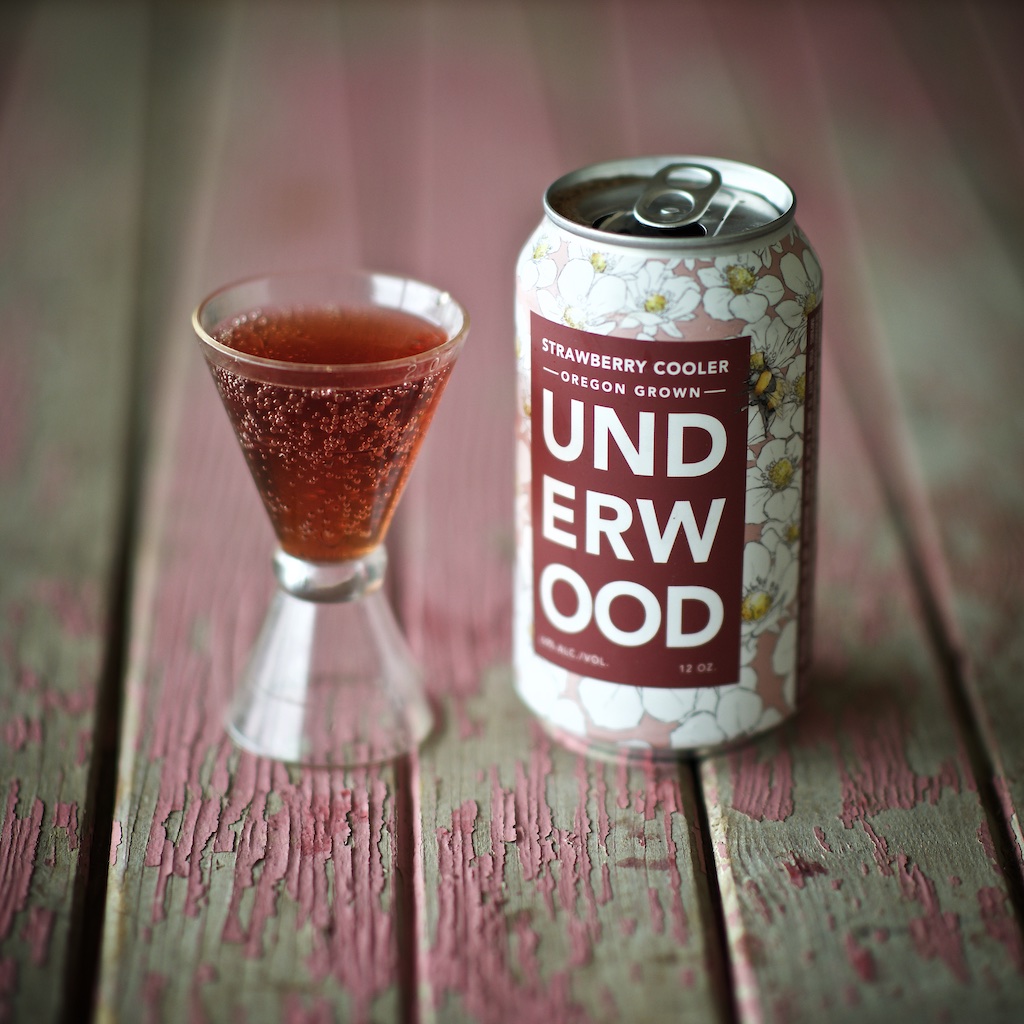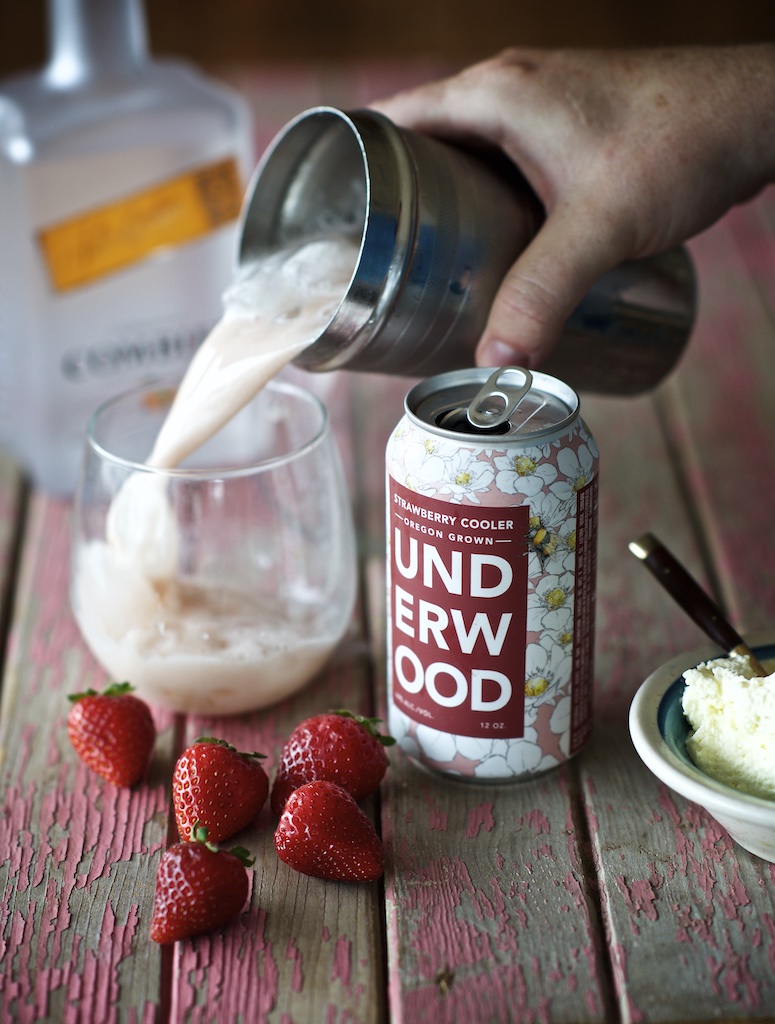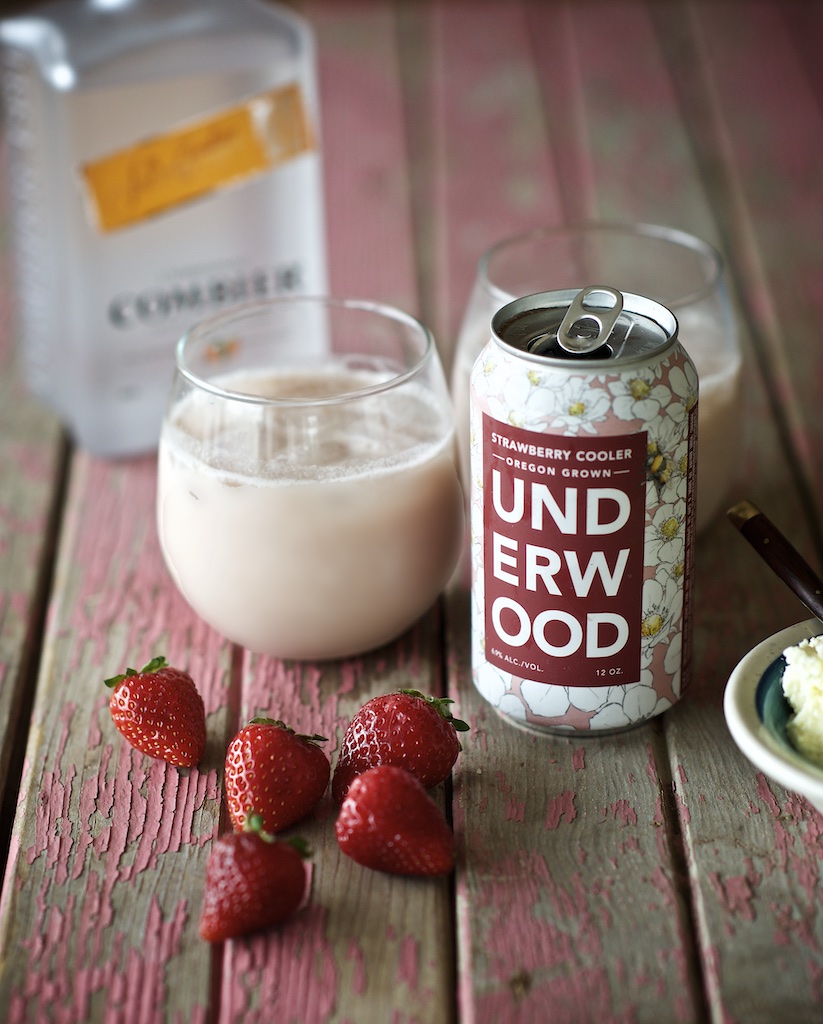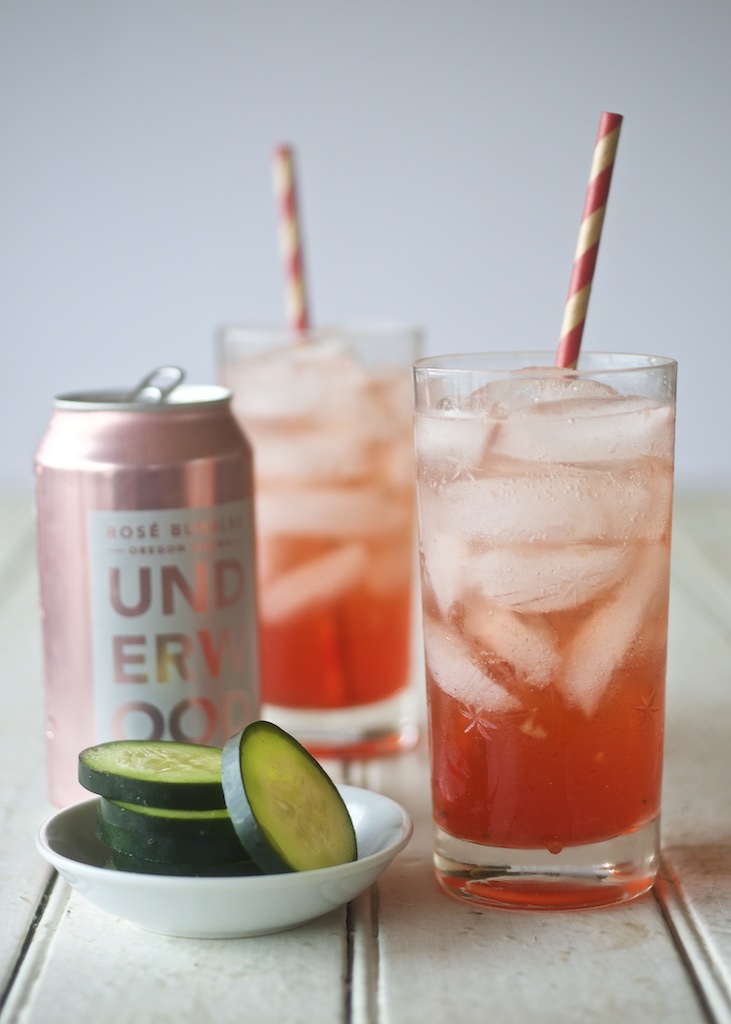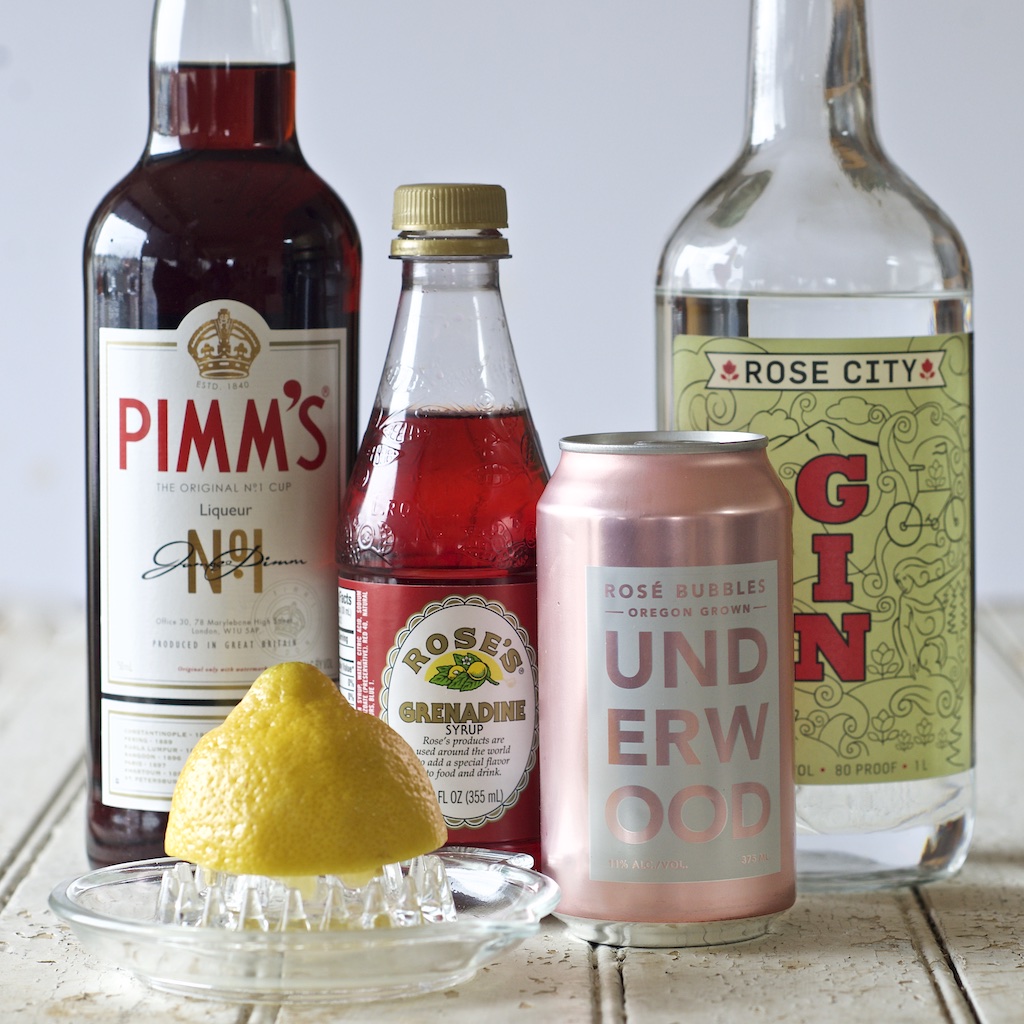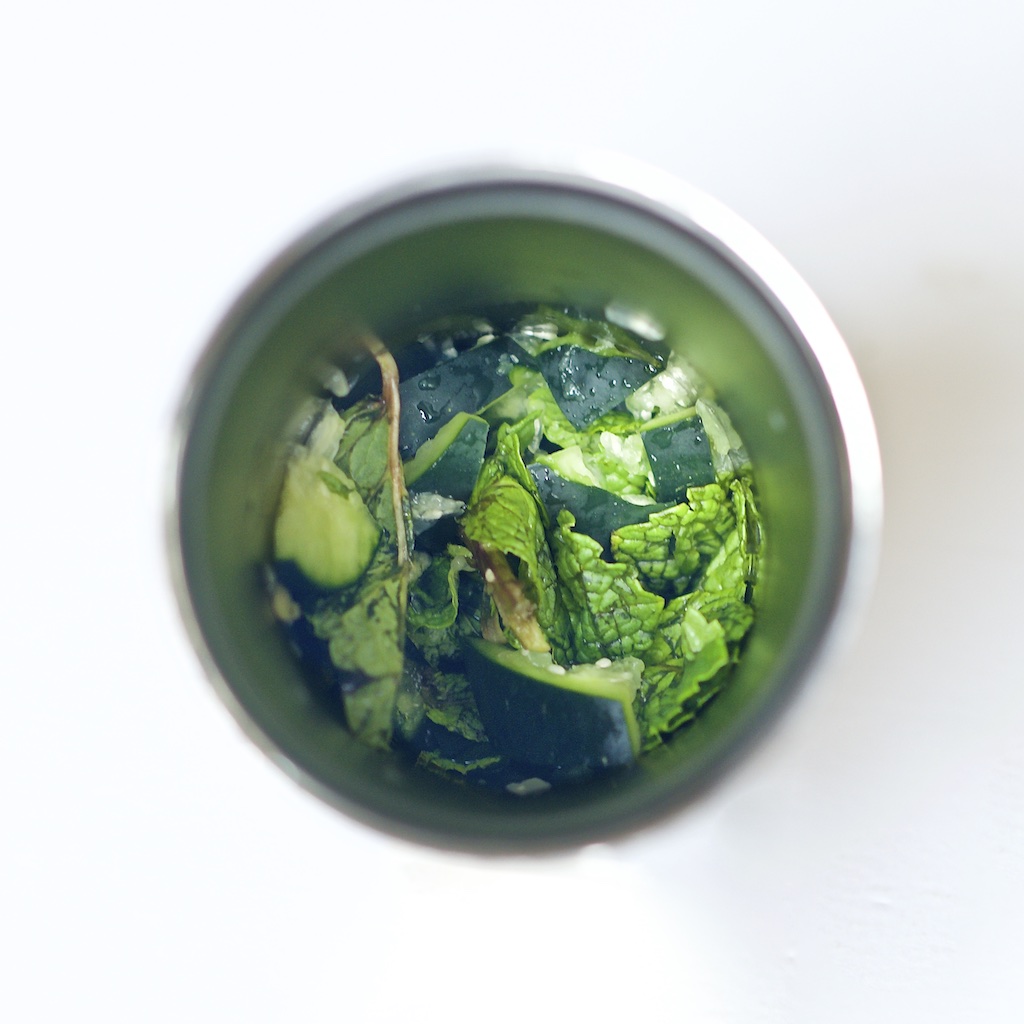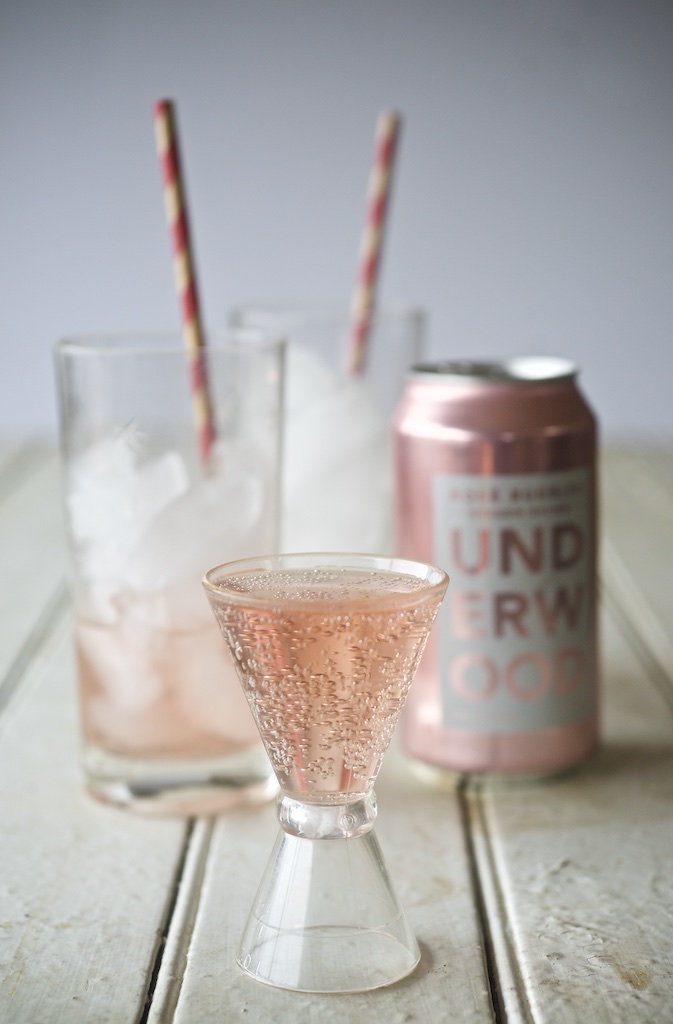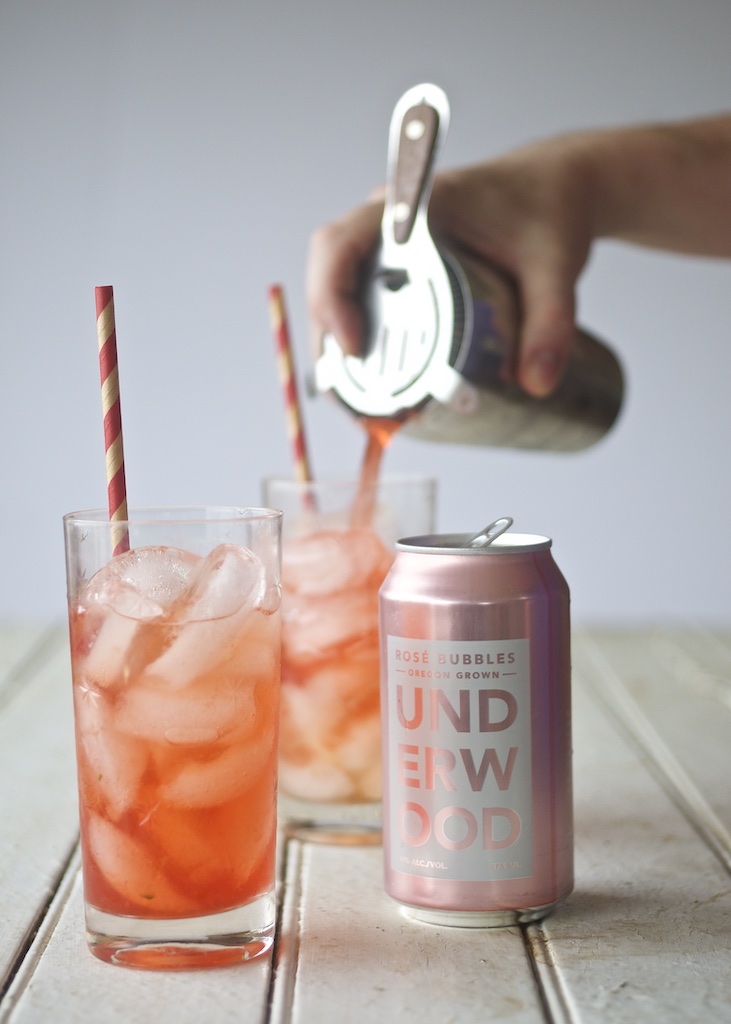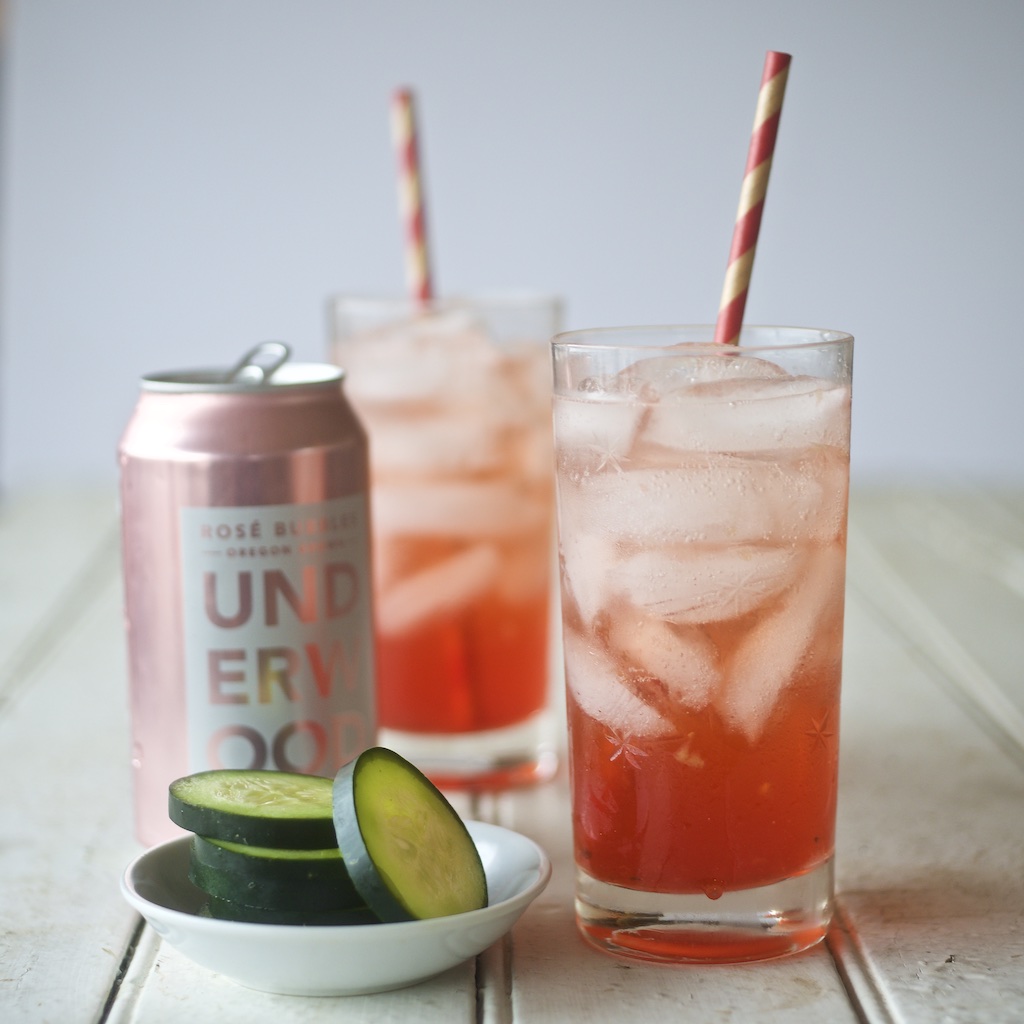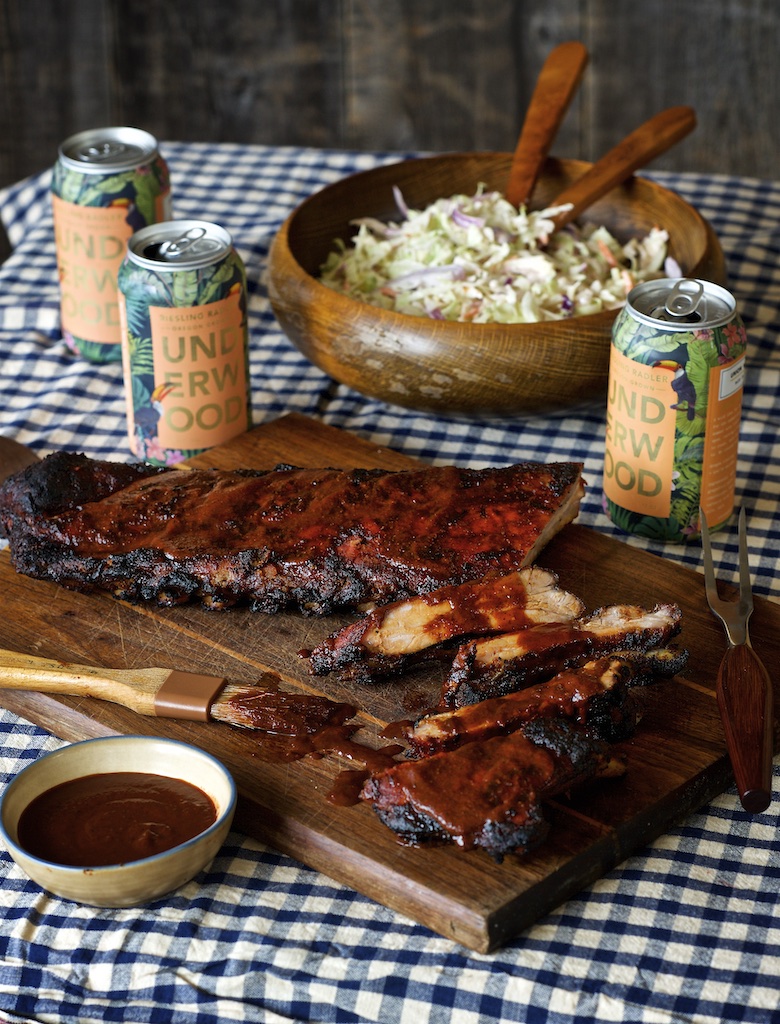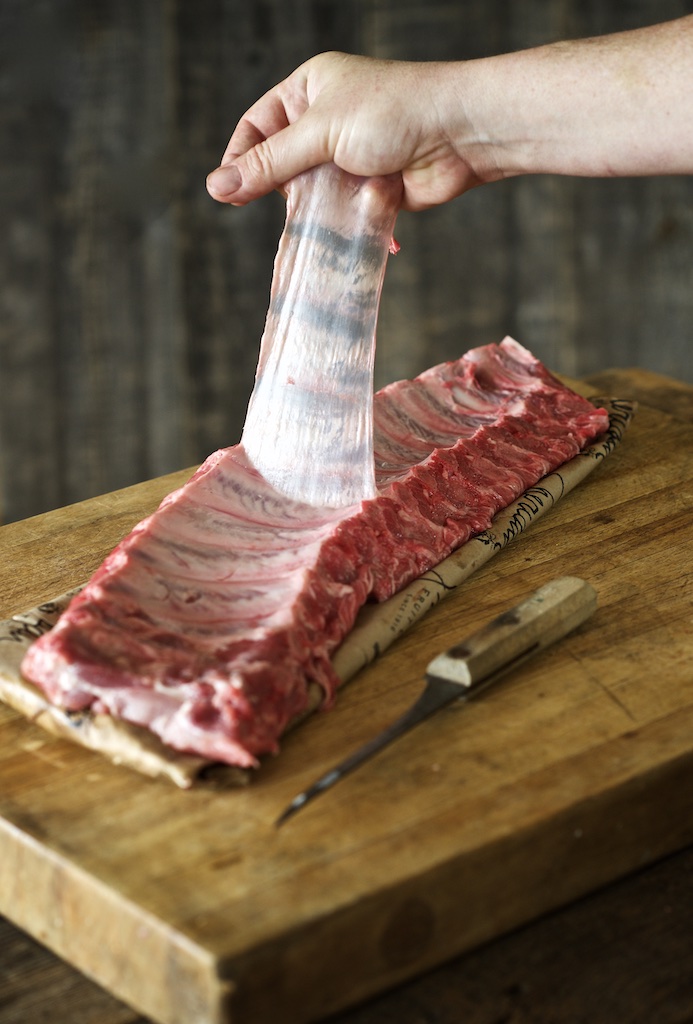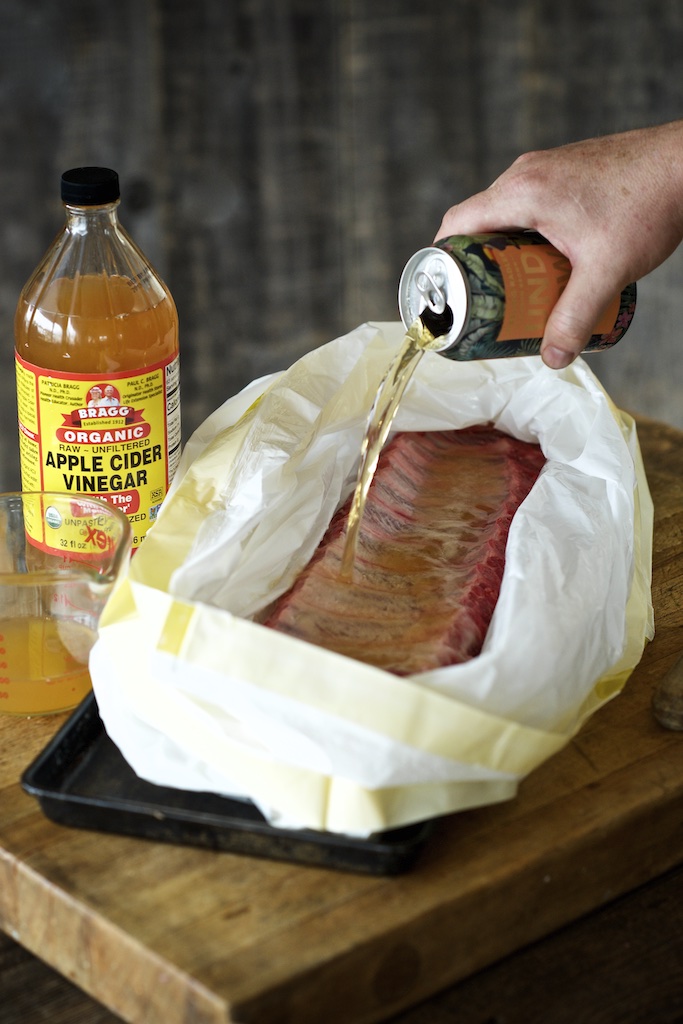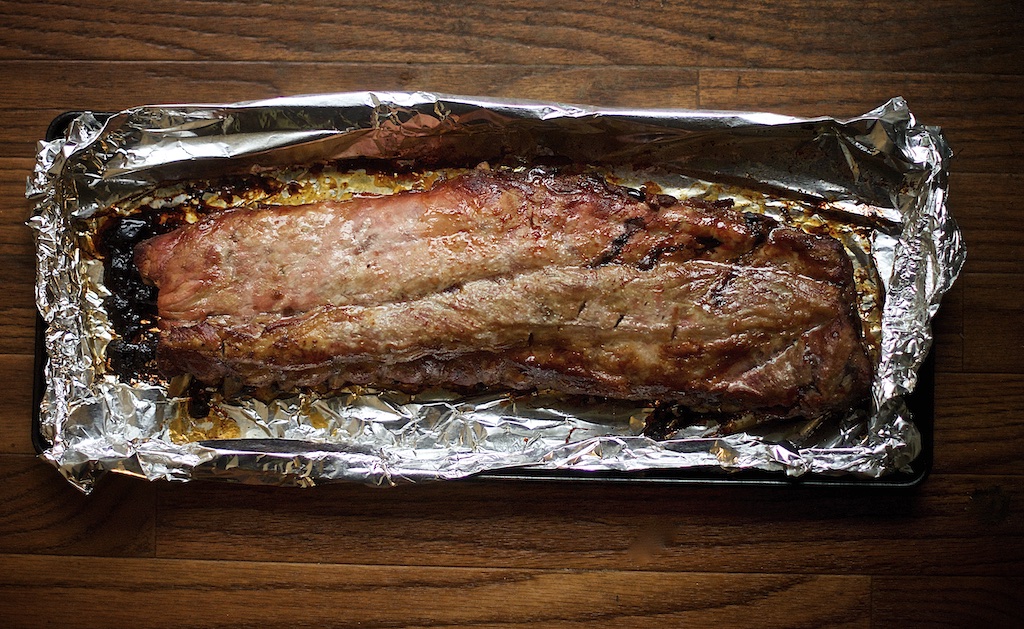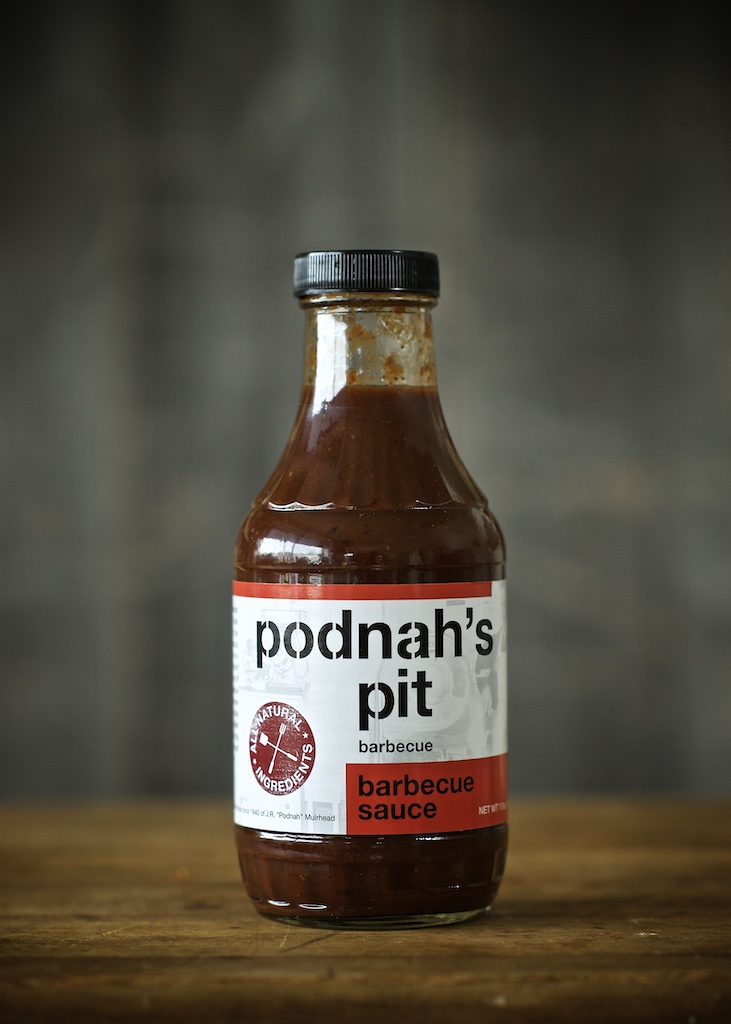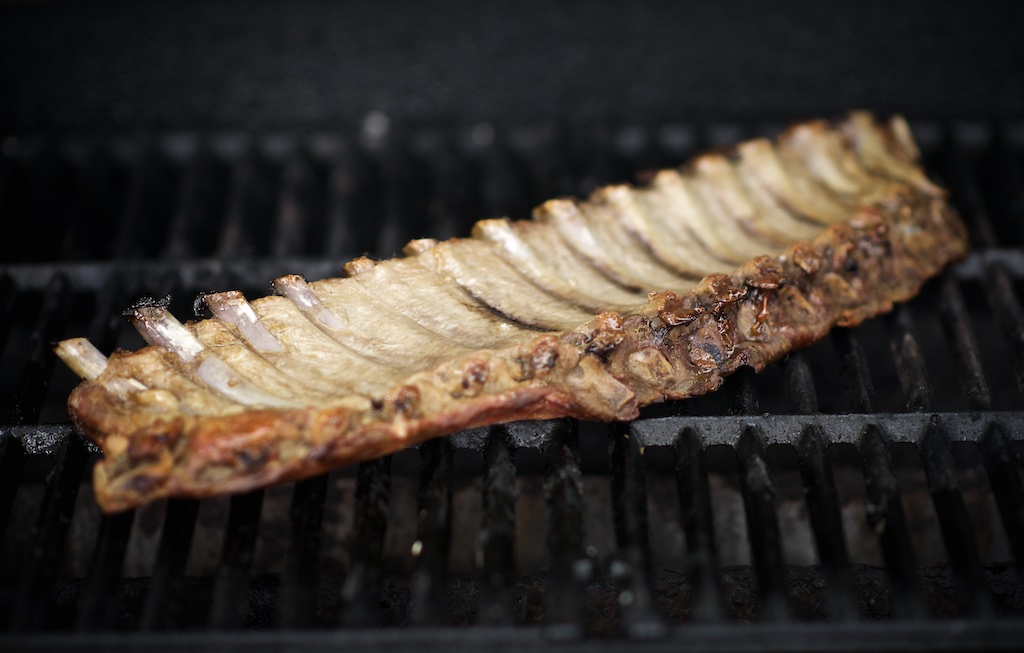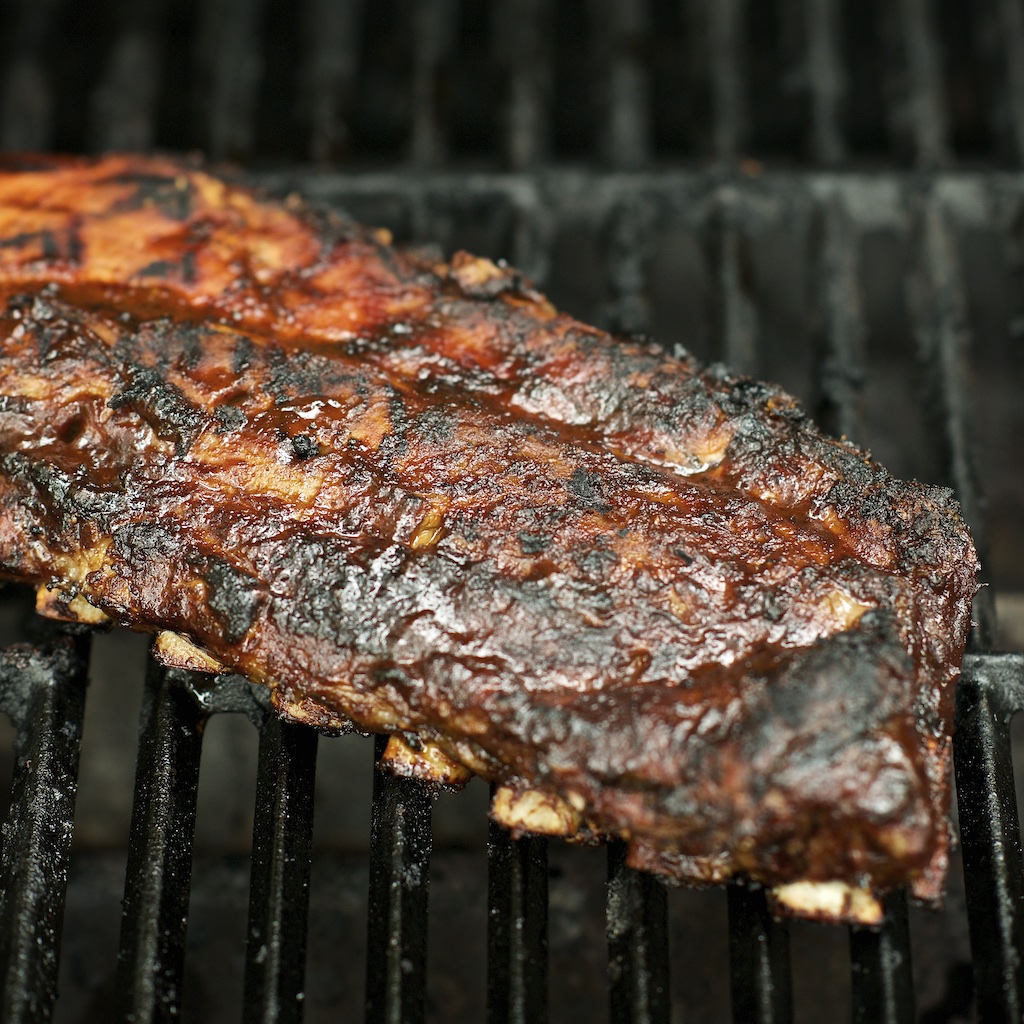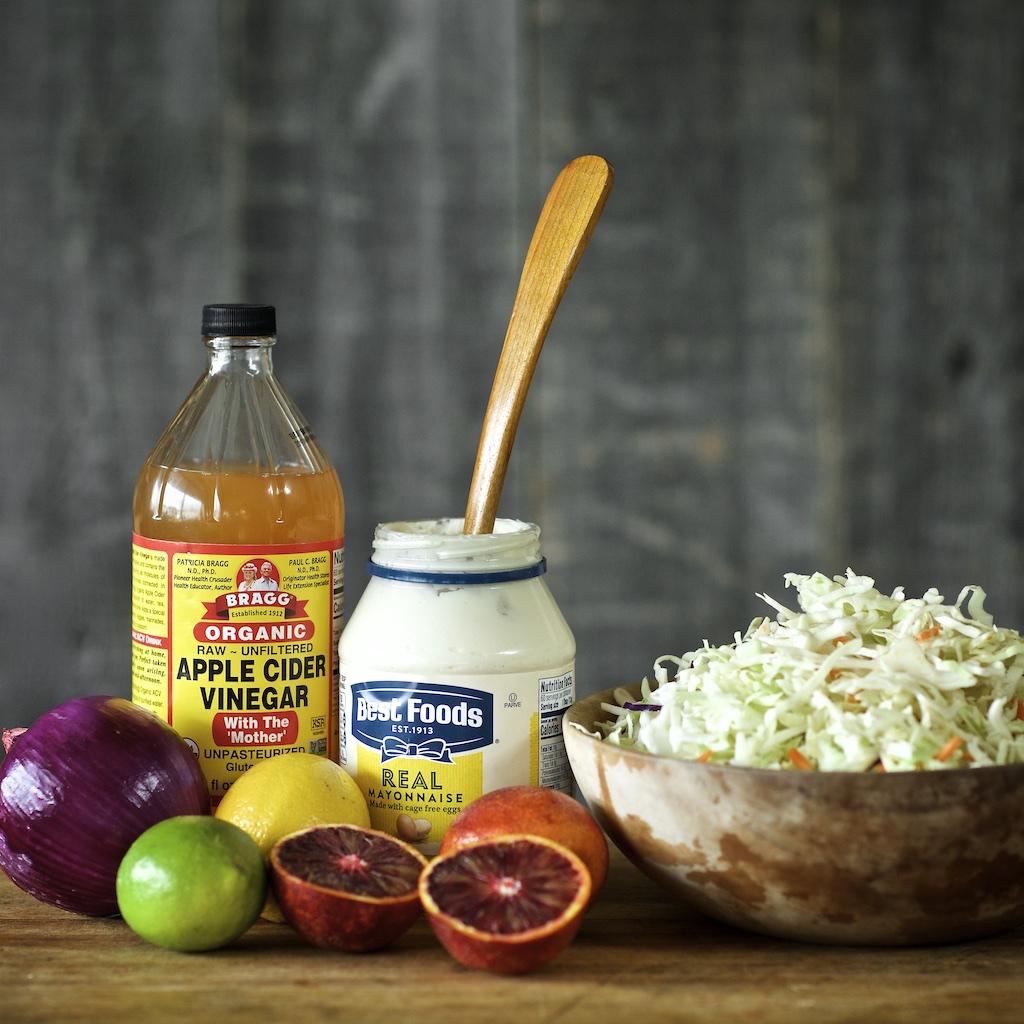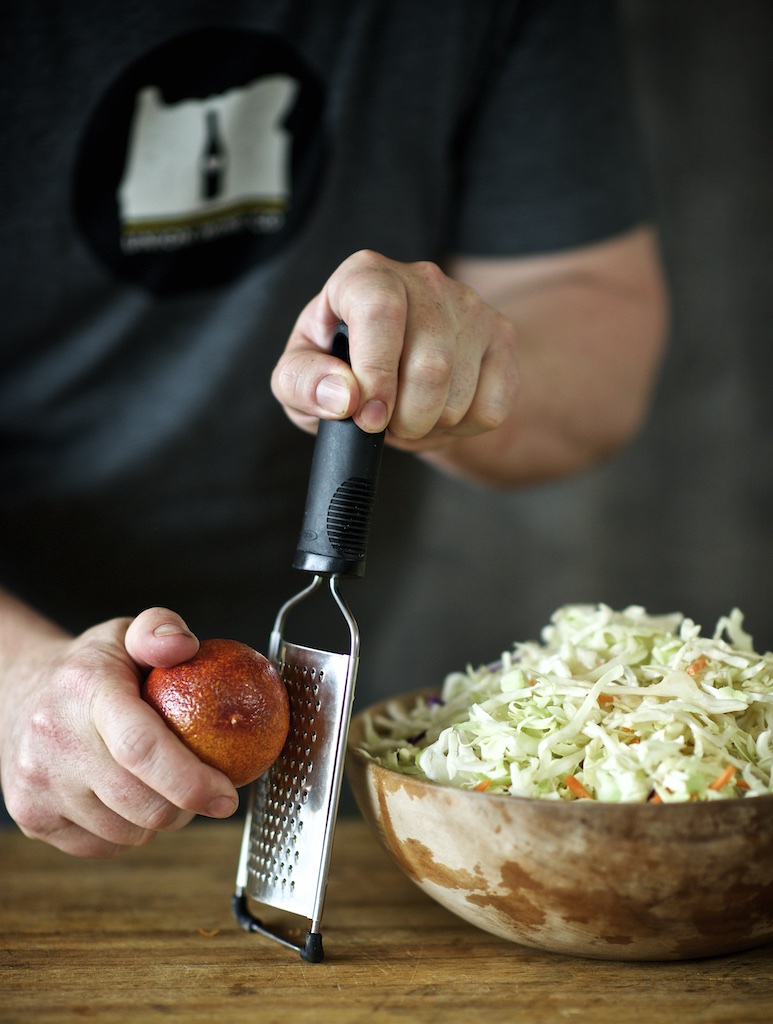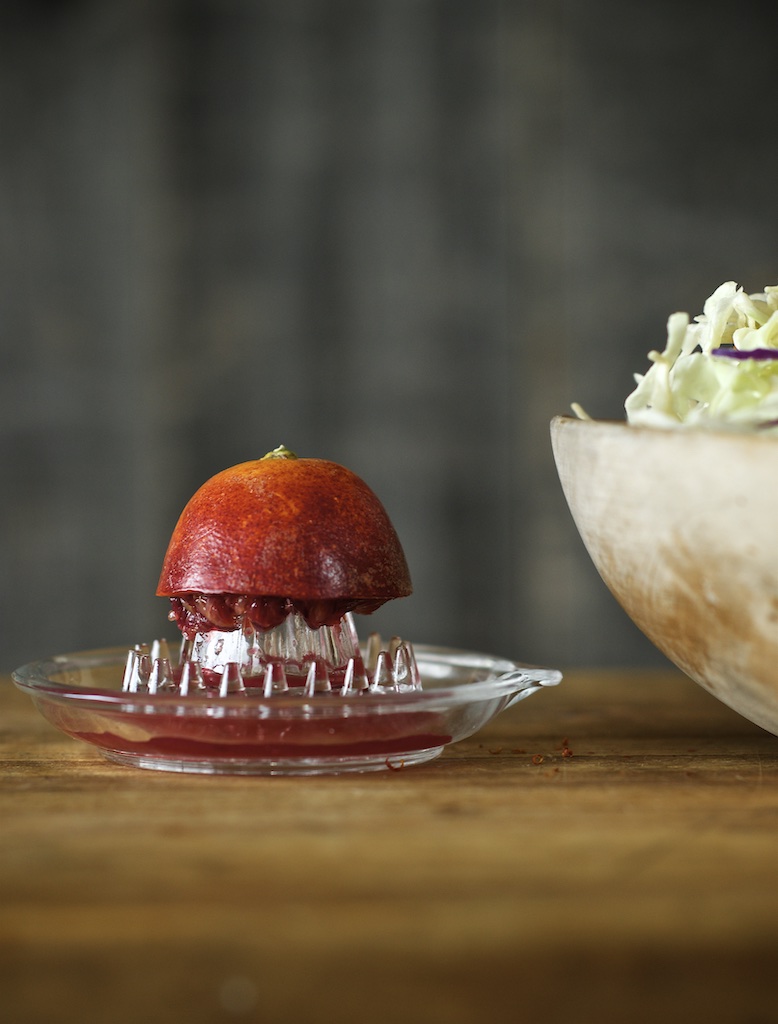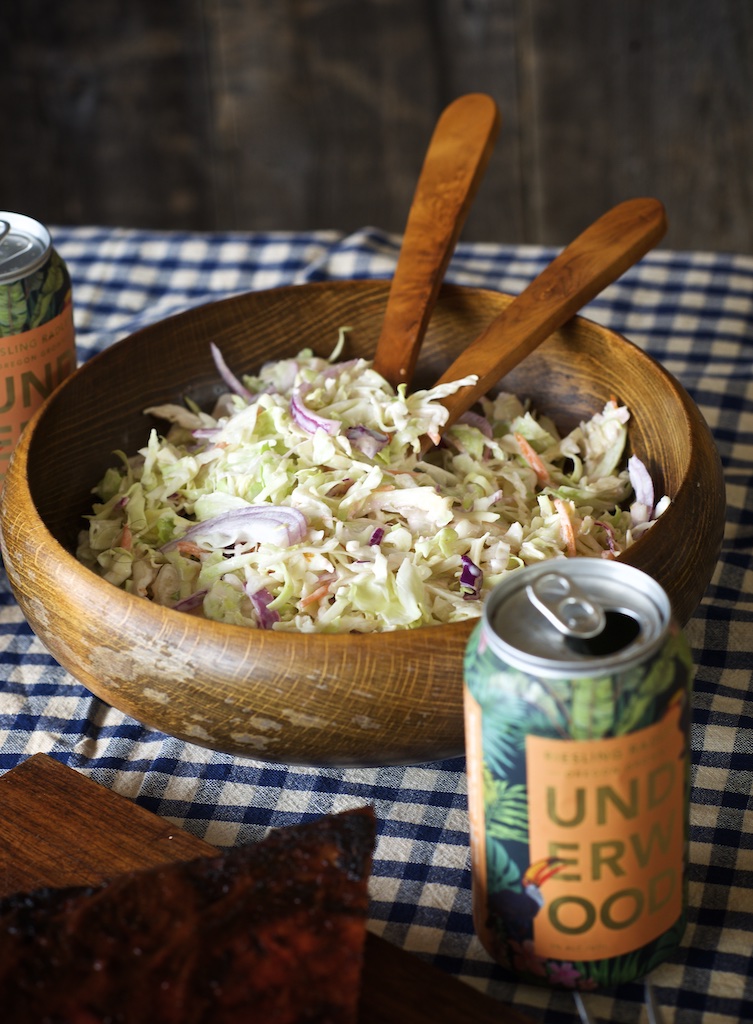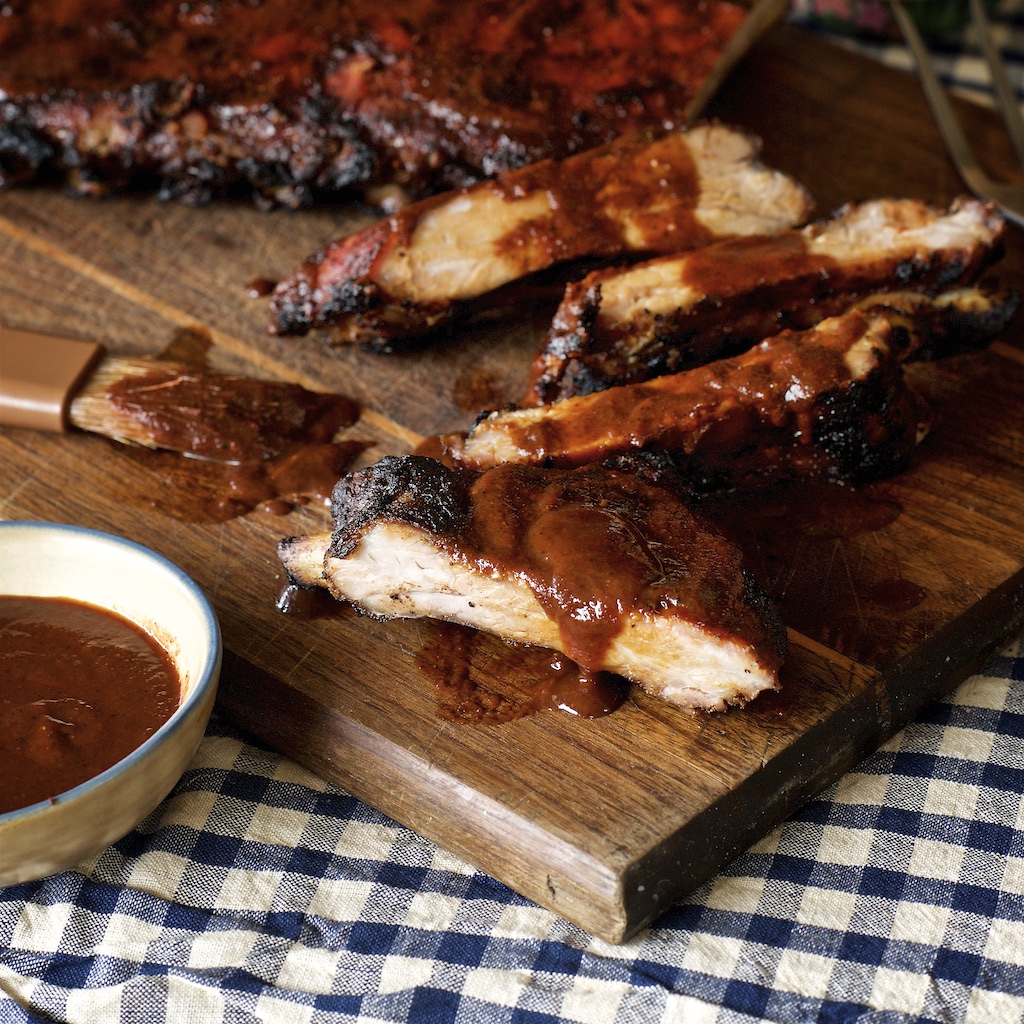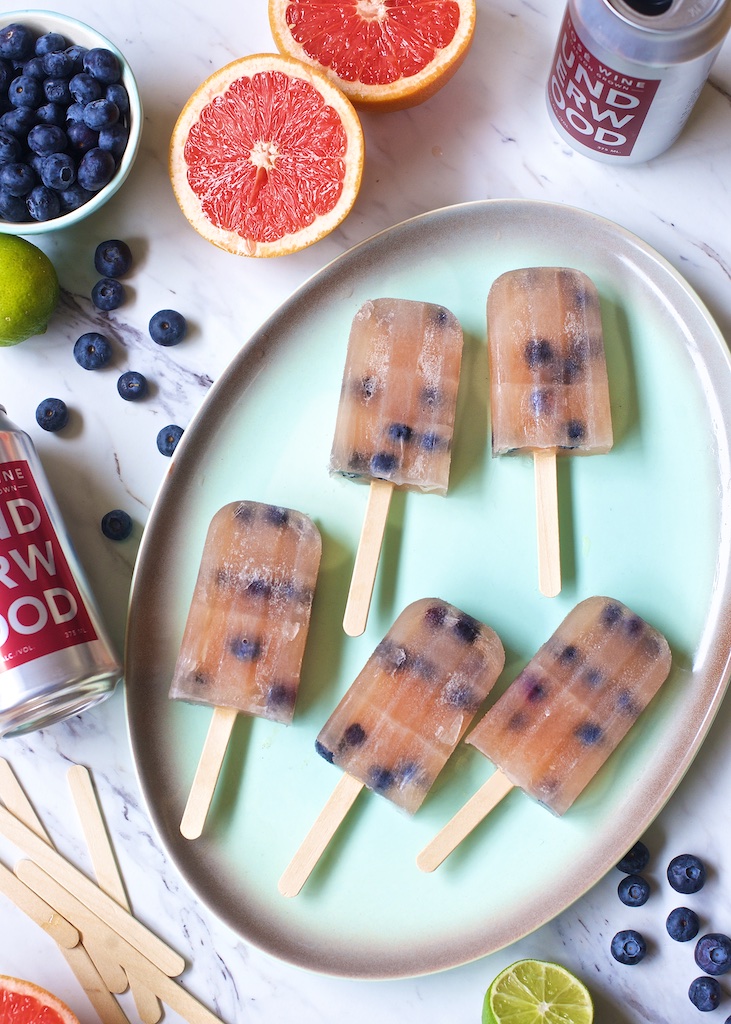
Here at Union, we obviously love to drink our wine, but we are also always looking for new and interesting ways to enjoy them. Today we bring you a delicious and incredibly simple recipe for fruity, blueberry polka dotted Frozé Ice Pops. With just a little patience and a few simple ingredients, you will be the hit of the party this summer.
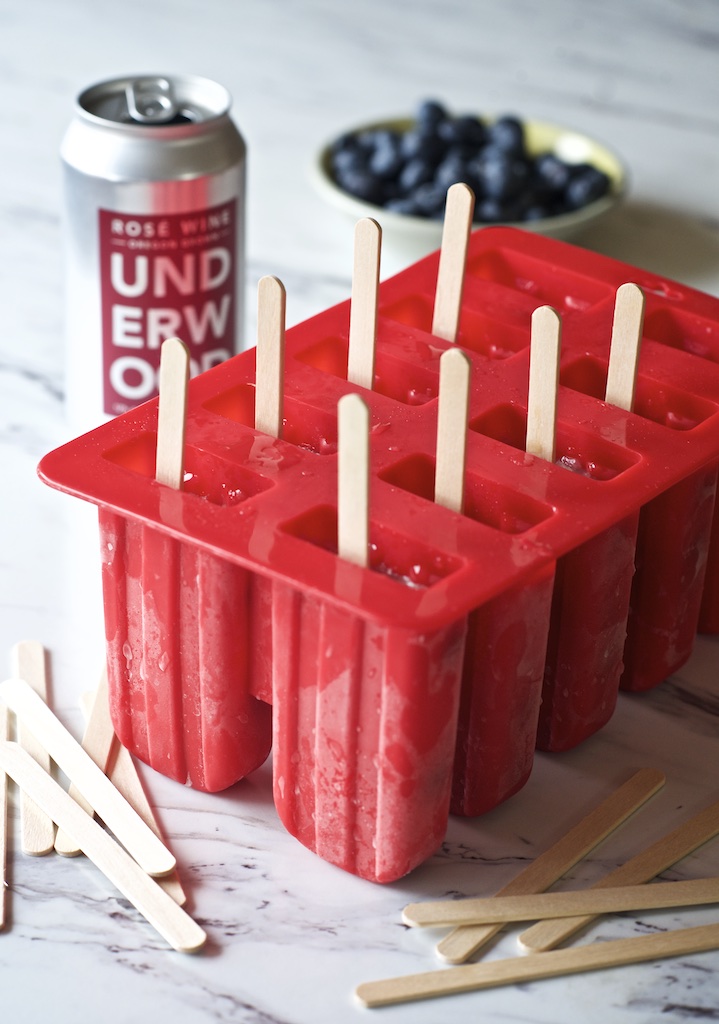
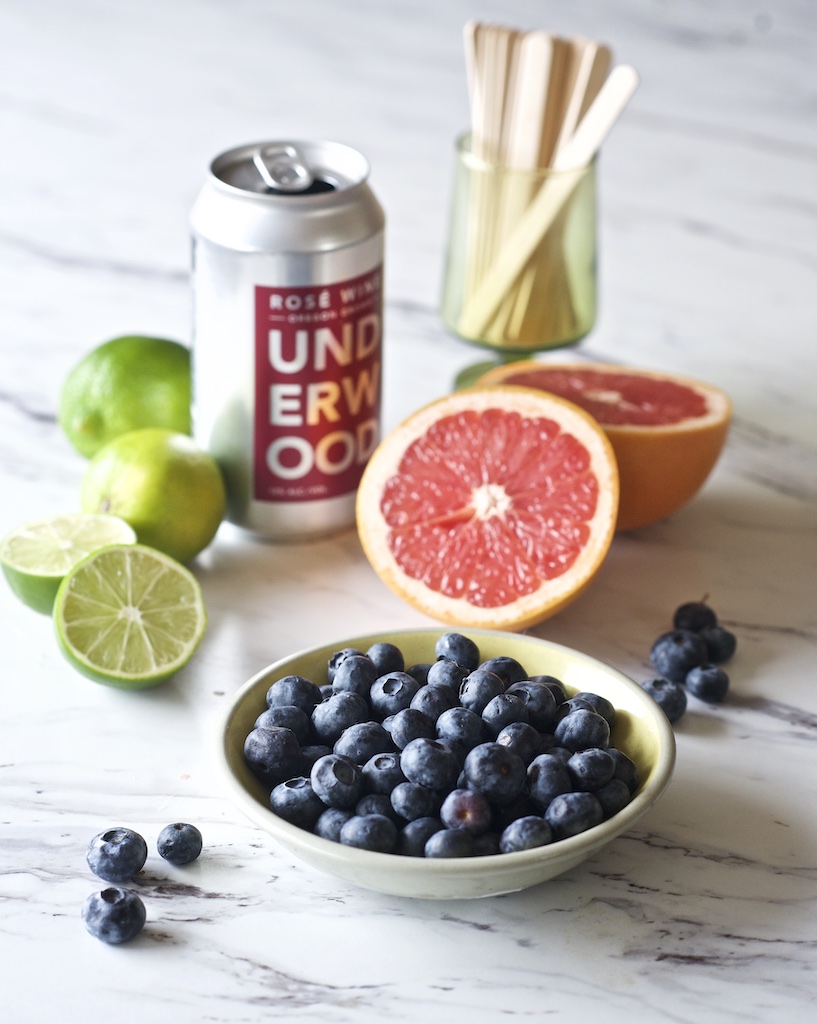
Here’s what you will need to get started.
Pink and Polka Dot Popsicles
12 oz Underwood Rosé
6 oz pink grapefruit juice
4 oz fresh lime juice
4 oz cranberry juice cocktail
2 oz simple syrup
1 container fresh blueberries
STEP ONE
Combine all of the ingredients except the blueberries in a large mason jar. Stir well and put this in the refrigerator until very cold.
***
STEP TWO
To ensure even placement of blueberries, you will need to build the ice pops in three stages. The reason for this is that blueberries float and if you were to put the blueberries and liquid into the molds all at once, by the time the pops froze, all the blueberries would be bunched up at the bottom of the popsicle.
Place 2 or 3 blueberries in the bottom of each mold and pour just enough of the cold liquid to cover them. Place the mold in the freezer until liquid is completely frozen—not just slushy. Also, do not add the sticks at this stage.
***
STEP THREE
Add 3 or 4 blueberries to each mold and again add enough liquid to cover. At this point place the top on the mold and insert sticks into each one. Return to the freezer and leave until completely frozen
***
STEP FOUR
Very very very carefully remove the top of the mold, making sure to hold each stick in place as you do. (Since the molds are not completely full, the sticks will want to move around.) Now, add 2 or 3 more blueberries to each mold and cover with liquid—leaving about a 1/4 inch of space at the top of each one. Put back in the freezer and leave until fully set. No need to replace the top at this point, as the sticks should be frozen in place already. When ready too remove the pops, run a little warm water over the bottom of the molds to loosen each pop.
If done with love and care, you should have ten pops that look roughly like this:
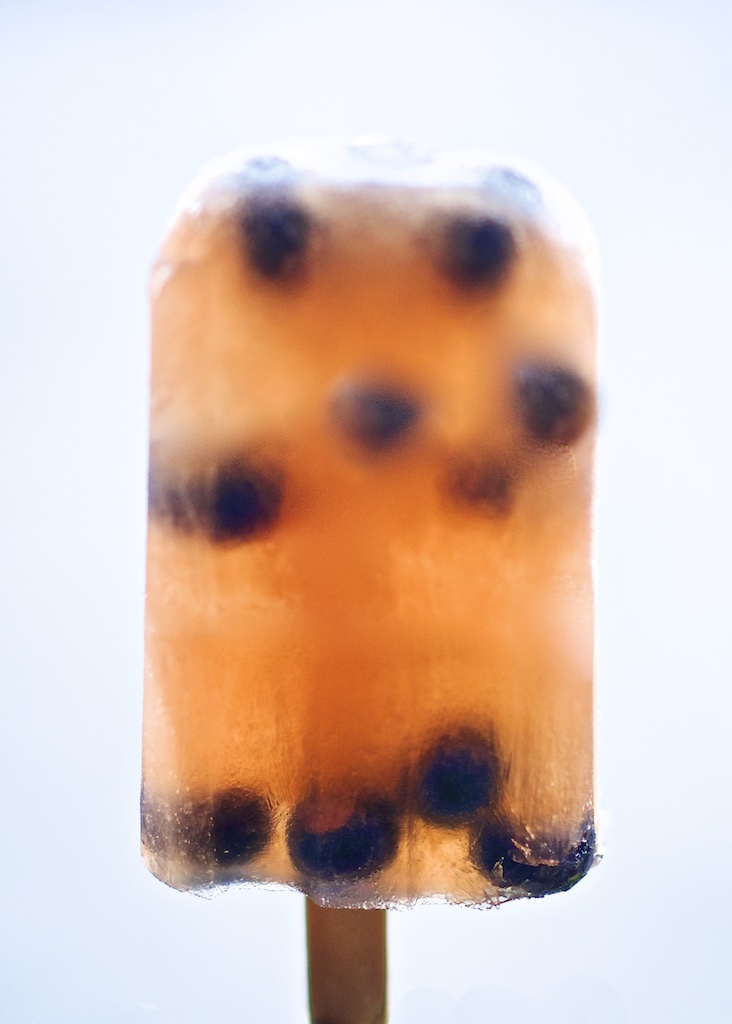
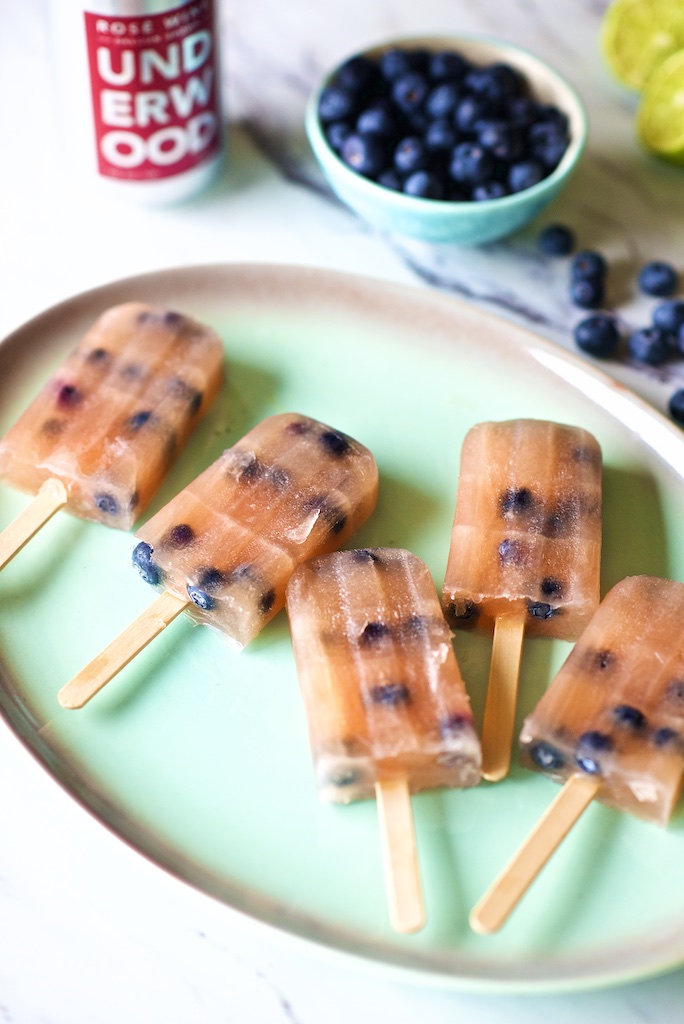
Once out of the freezer, make sure to pass around the pops quickly. Since there is wine in them, they will freeze solid, but will start to melt more quickly than if they were made of only juice. If there are going to be kids around, you can always follow this same recipe, omitting the Rosé, so that they can enjoy the popsicles as well as the grown-ups.
Feel free to try different variations of the fruits. You can use raspberries, slices of strawberry, a combination of all of them, or even leave the fruit out completely. If you choose the latter route, you will not have to do the popsicles in three stages, but can fill each one and place the stick in all at once.
These popsicles don’t only look fun, they are a delicious sweet surprise to the end of any summer inspired get-together.
Bon Appétit and keep those #pinkies down!
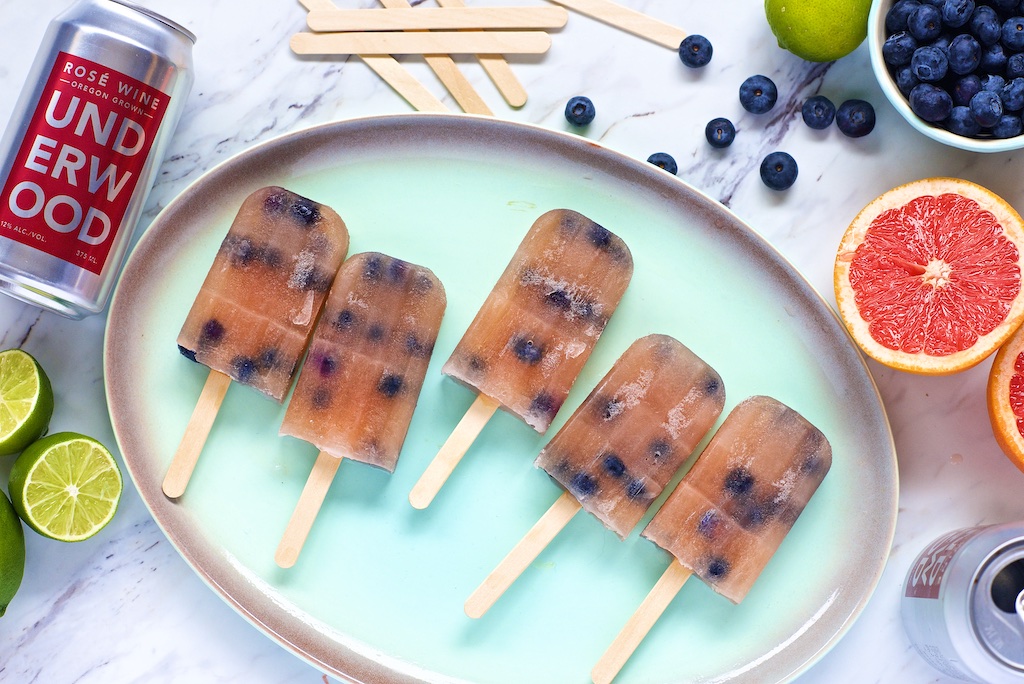
Photography, Text, and Recipes by David L. Reamer. (@dlreamer)
